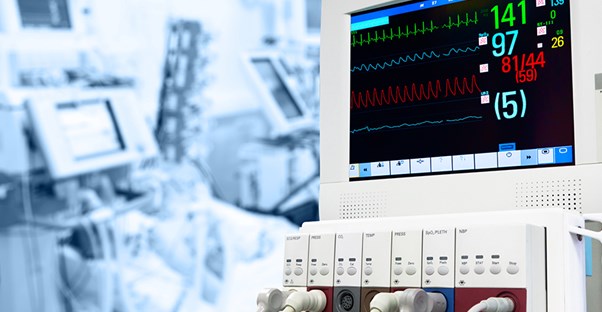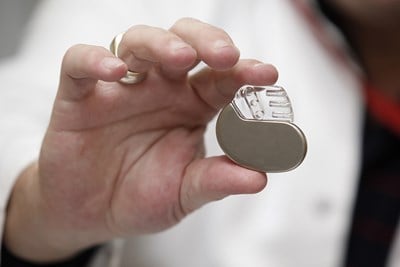A pacemaker is an implantable device smaller than the palm that can be connected to the chambers of the heart. With a battery, generator, and wires attached to electrodes, pacemakers can regulate irregular heartbeats and related disorders. The implantation of the pacemaker does require surgery, however, which can be frightening. Here’s a look at what to expect from the process.
Preparing for Surgery
Ask your doctor any questions about the procedure before it is actually time for surgery. If you take any medications or supplements, be sure to inform your physician and ask about appropriate dosages. Some medications, like blood thinners, can be dangerous during the pacemaker procedure. Additionally, no food or water should be consumed after midnight the night before the surgery. Dress comfortably, and make sure to have appropriate arrangements to take you to and from the hospital.
At the Hospital
Although the implantation is considered a minor surgery, it still affects the heart, so you can expect to spend the night in the hospital for monitoring. In most cases, you won’t even be anesthetized for the procedure. Instead, doctors administer a sedative to relax you and keep you calm, and then use a local anesthetic for the area in which the pacemaker will be inserted (generally slightly under the collarbone on the left hand side). Antibiotics are generally administered to help prevent infection; medications and fluids are given with an intravenous (IV) line.
The Surgical Procedure
After the localized anesthetic is employed, your surgeon will guide the pacemaker’s wires through the large vein under your collarbone into the appropriate chamber(s) of your heart. The wire is connected to your heart on one end, and to the pacemaker on the other. Before it can be attached to the pacemaker, the device itself must be inserted. A small cut is made into the side of your chest where it will be located. Your doctor will test it to make sure it works correctly before stitching up the incision.
Post-Surgical Expectations
Again, you will spend the night in the hospital for observation. Before you leave, the doctor will evaluate the efficacy and appropriateness of your pacemaker and its programming. A follow-up visit should also be scheduled to ensure it continues to function correctly.
There may be some swelling, redness, or pain; however, it’s extremely important to contact your medical team if you notice any excessive oozing or swelling or extreme pain. Ask your doctor which medications are appropriate to take for sensitivity following pacemaker surgery. Avoid extreme physical activity for about a month or until your doctor gives you leave to increase your activity. However, most experts recommend a daily walk to avoid becoming too sedentary and to promote cardiac health.
While most household electronics are perfectly safe to come in contact with, if you work or come into daily contact with medical equipment (like MRI machines), power-generating equipment, or metal detecting security systems, talk to your doctor about testing for safety.




